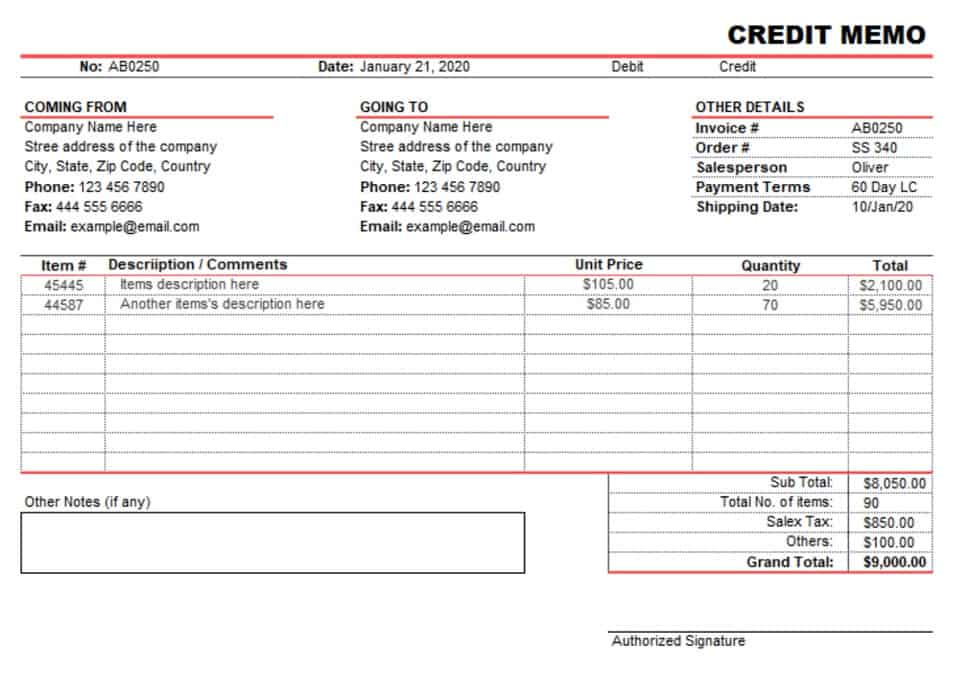How Salvage Value Is Used in Depreciation Calculations

It is recommended to estimate the lease residual value of a vehicle before purchasing it. From the definition in the previous section, residual value is depreciation subtracted from the asset’s original price. Laura is an award-winning editor with experience in content and communications https://www.bookstime.com/articles/how-an-accountant-can-help-your-business covering auto insurance and personal finance. She most recently worked in the public sector for the Nevada Department of Transportation. Whether your vehicle is significantly damaged or you are considering buying a salvage vehicle, it’s helpful to run the numbers.
- Another example of how salvage value is used when considering depreciation is when a company goes up for sale.
- This section will expand on the importance and application of residual value in current institutions.
- A depreciation schedule helps you with mapping out monthly or yearly depreciation.
- Think of it as your asset’s future garage sale price after it’s done its duty for you.
- The salvage value in a buyback situation is the car’s worth in the condition it is in with the damages it sustained in the accident.
- In simple words, residual value subtracted from the original price gives you the amount you pay to the lessor.
- Management must periodically reevaluate the estimated value of the asset as asset deterioration, obsolescence, or changes in market preference may reduce the salvage value.
How to calculate and record depreciation with salvage value
The fridge’s depreciable value is $10,500 ($11,500 purchase price minus the $1,000 salvage value). If you’re unsure of your asset’s useful life for book purposes, you can’t go wrong following the useful lives laid out in the IRS Publication 946 Chapter Four. The money I get back on my old phone is known as its salvage value, or its worth when I’m done using it. There may be a little nuisance as scrap value may assume the good is not being sold but instead being converted to a raw material.

What Is the Loss for Tax Value?
This means that not only do they get to utilize the asset over its useful life, they also get to recover funds for the asset when they are done using it. If you decide to buy your leased car, the price is the residual value plus any fees. In accounting, owner’s equity is the residual net assets after the deduction of liabilities. In the field of mathematics, specifically in regression analysis, the residual value is found by subtracting the predicted value from the observed or measured value.

How do you determine the salvage value of a car?

An asset’s depreciable amount is its total accumulated depreciation after all depreciation expense has been recorded, which is also the result of historical cost minus salvage value. The carrying value of an asset as it is being depreciated is its historical cost minus accumulated depreciation to date. An estimated salvage value can be determined for any asset that a company will be depreciating on its books over time.

Subtract the accumulated depreciation from the initial cost to determine the residual value. Residual value is essentially the estimated financial value an asset is expected to have once it has outlived its useful life or is taken out of service. This value takes into account factors such as depreciation, age-induced deterioration, salvage value formula and technological obsolescence. The depreciation journal entry accounts are the same every time — a debit to depreciation expense and a credit to accumulated depreciation. For example, the double-declining balance method suits new cars well since they tend to lose a significant amount of value in the first couple of years.
How does the age of a vehicle affect its salvage value?
- In all, to maintain market relevance, the companies must calculate the machine’s efficiency.
- This differs from book value, which is the value written on a company’s papers, considering how much it’s been used up.
- You know you’ve correctly calculated annual straight-line depreciation when the asset’s ending value is the salvage value.
- Salvage value is the estimated value of an asset at the end of its useful life.
- Now, let us dive into our second commonly used method to calculate this concept.
- This is the amount the company can receive if it decides to sell off the car and when the tax hasn’t been applied.
- Most businesses utilize the IRS’s Accelerated Cost Recovery System (ACRS) or Modified Accelerated Cost Recovery System (MACRS) methods for this process.
- After following this guide, you have now completed your first calculation with this method.
- The company pays $250,000 for eight commuter vans it will use to deliver goods across town.
- Their values will automatically flow to respective financial reports.You can have access to Deskera’s ready-made Profit and Loss Statement, Balance Sheet, and other financial reports in an instant.
- Using the example of leasing a car, the residual value would be a car’s estimated worth at the end of its lease term.
- Book value (also known as net book value) is the total estimated value that would be received by shareholders in a company if it were to be sold or liquidated at a given moment in time.
